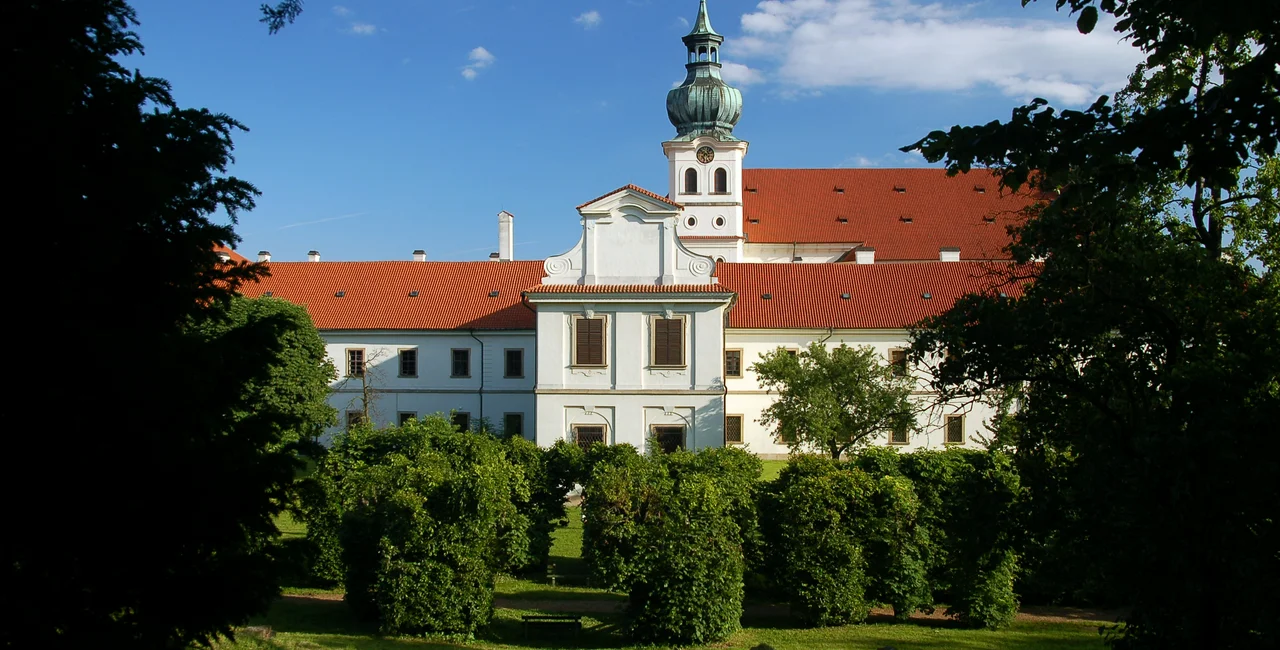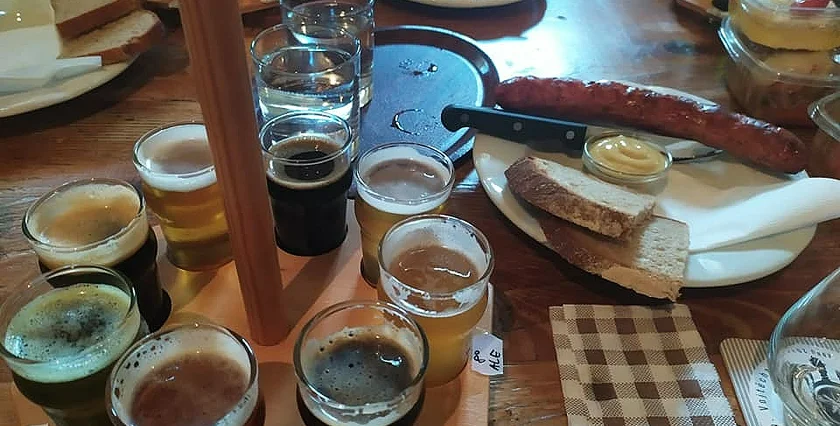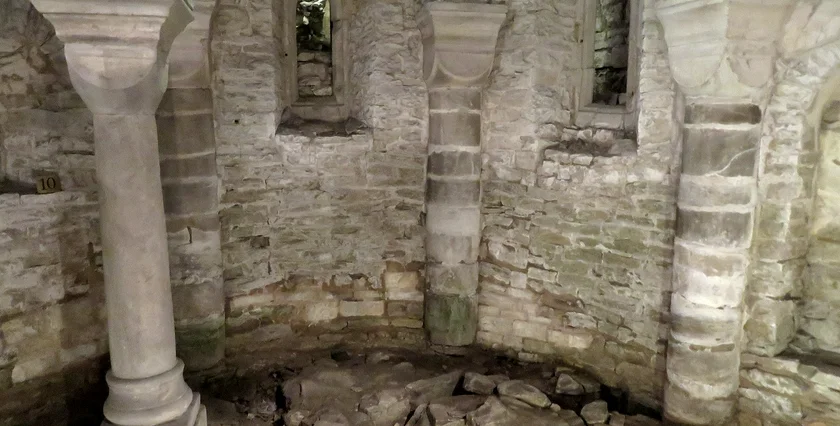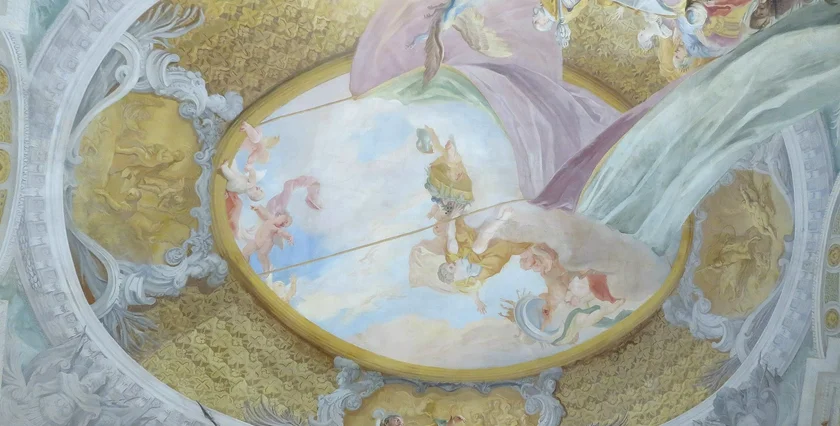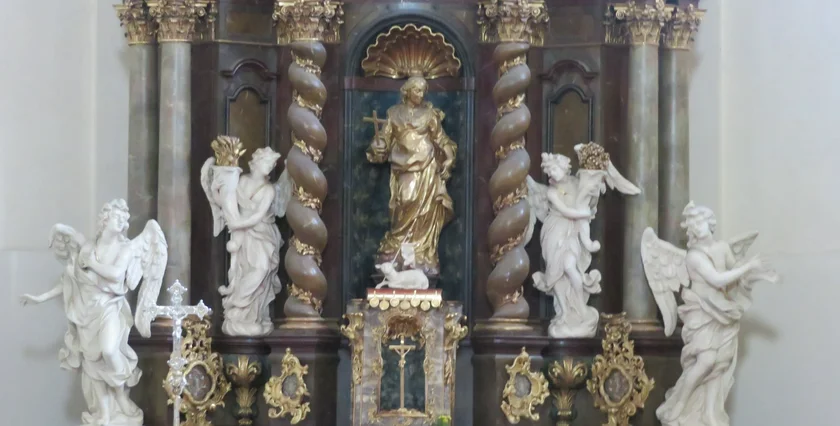Prague’s Břevnov Monastery turns 1,030 years old on Saturday, Jan. 14. Today Bohemia's oldest monastic structure now serves a more secular function – the area has become a bustling neighborhood park and a popular backdrop for wedding photos – but a handful of monks still occupy the grounds.
What's the history behind this high-Baroque monastery built atop Romanesque ruins and why is the area worth exploring today?
Břevnov was once a rural outpost to Prague
The first mention of Břevnov, what is today a part of Prague 6, appeared in the 10th century. During this time paganism was still widespread in Bohemia. Prince Boleslav II, brought exiled Bishop Vojtěch (who later became a saint) back to the Czech lands from Rome to establish the first monastery here and continue to spread the Christian faith. The monastery was founded on Jan. 14, 993.
The full moniker of what is today called Břevnov Monastery (Břevnovský klášter) is the Benedictine Archabbey of St. Adalbert and St. Margaret (Benediktinské arciopatství sv. Vojtěcha a sv. Markéty). It was elevated from being a simple abbey to an ominous-sounding archabbey by Pope John Paul II in 1993, its 1,000th anniversary.
The original buildings were made of wood, and nothing remains of them. These were replaced by stone structures that were all but destroyed in the Hussite Wars in the middle of the 15th century. The oldest still-existing parts of the monastery include an 11th-century Romanesque crypt that has survived from the earliest stone church.
A thousand-year-old brewing tradition
A brewery was also among those early buildings – and it's here that the first written confirmation of beer-making in Bohemia was documented. With long gaps in the brewing tradition there, it's a stretch to call it the oldest currently operating Czech brewery (that honor goes to Pivovar Broumov in the Hradec Králové region was established in 1348 and is generally considered not only the oldest Czech brewery but the oldest Czech company of any kind).
Today, only about a dozen monks live at the monastery. The Sartorius’ Convent is now the 23-room Hotel Adalbert and the section of the former stables is the Monastery Tavern (Klášterní šenk) restaurant. The former granary houses an info center and shop selling bottled beer, souvenirs, and products made by monks. Next to it is a taproom called Klášterní Sýpka.
The brewery that stands today began operations in 2011 and is located in part of the former stables. While the monks own the brewery, the actual brewing is overseen by a professional brewmeister. Tours of the brewery can be arranged online.
Draft beer is available by the glass not only at the monastery's tavern and taproom but also at a small number of pubs in Prague such as Pivovarský dům Benedict. A small-batch pale lager is being launched to commemorate the monastery's anniversary.
Admire Baroque splendor by master artists
Most of what can be seen today, at least above ground, comes from the Baroque era, including the main building, the Basilica of St. Margaret of Antioch, with its iconic onion-domed white tower. The basilica has undergone several transformations over the centuries but its design is generally attributed to Kryštof Dientzenhofer who completed its construction in 1740.
Dientzenhofer, part of a famed family of architects has had a hand in a number of Prague's Baroque landmarks such as the Sternberg Palace, now part of the National Gallery, the St. Mikuláš Church in Malá Strana, and the House at the Golden Lily in Malé náměstí.
The main altar was designed by Matěj Václav Jäckel, who also made three of the statues on Charles Bridge. Seven of the side paintings are by Peter Brandl, a master whose works are in the collection of the National Gallery. Murals and frescoes were done by artists whose names have been lost to time.
The opulent monastery did not escape the tribulations of war. During the Prussian siege of Prague in 1757, the church was temporarily converted into a military stable and infirmary. It did, however, avoid the reforms of Emperor Joseph II, who on Jan. 12, 1782, declared that all monasteries and convents not involved in something beneficial to society would be shut down. Břevnov was exempted due to its status as a learning center.
Communist era closure and decline
The monastery's fortunes declined slowly as Czech society in general drifted away from religion. Even the brewery closed in 1889 and remained shuttered for over 120 years.
The monastery, was shut down by the communist authorities in 1951 and its monks were deported to West Germany. The basilica was used by the Interior Ministry as an archive, and one of the side buildings, the Sartorius’ Convent, was used by the StB, the state security police.
When communism fell, the monastery was restored to the Benedictine order. Abbot Jan Anastáz Opasek – who had been incarcerated after a 1950 show trial and then fled to West Germany after his release – returned in 1990. With the help of foreign donors and religious groups, the buildings were restored. Opasek was abbot until his death in 1999. Pope John Paul II visited the monastery in 1997, the 1,000th anniversary of the death of St. Vojtěch.
Exploring the monastery today
Aside from the activities surrounding the brewery, visitors can take advantage of tours of the monastery including the basilica, crypt, abbot’s residence, and garden pavilion, which take place Saturdays and Sundays in Czech, but an English text is available. People can explore the garden grounds on their own and see the restored Orangery, which sometimes hosts art exhibitions.
Throughout the year, there are also classical music concerts in the monastery's ornate Terezian Hall in the prelature building. The hall is named to commemorate a visit by Empress Maria Theresa in 1753.
Over its history, the monastery has weathered religious wars, destruction, political upheavals, and neglect. Today it is a center of community activity for anyone who wishes to visit but especially for those who live in Prague-Břevnov.












 Reading time: 4 minutes
Reading time: 4 minutes 